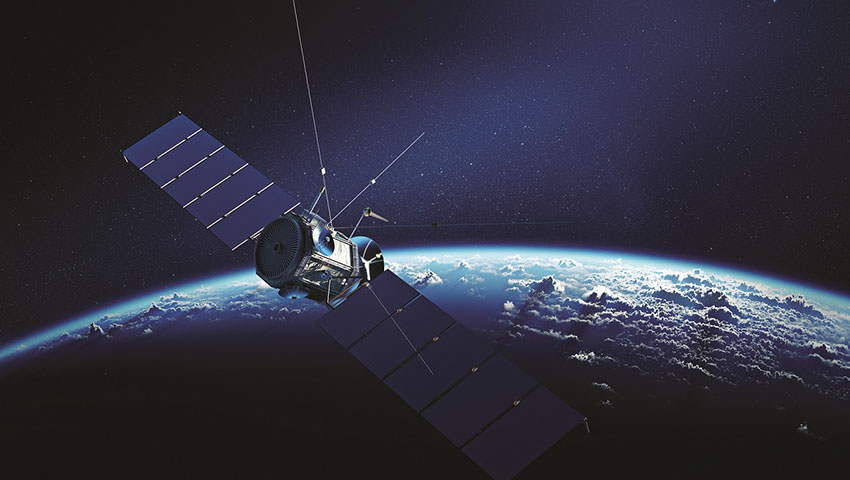The ATLAS telescopes in Hawaii first spotted the supernova in June 2016, leading the way for astronomers around the world to leverage both space and ground-based telescopes towards the celestial object, located in a galaxy some 200 million light years away.
Astronomers soon realised that the supernova was unprecedented, with the object exceeding the brightness of any previously observed supernova – a powerful explosion, resulting from the collapse of an ageing massive star that expels most of its material into the surrounding space, sweeping up interstellar dust and gases in its vicinity.
Analysis to be published in The Astrophysical Journal presents the observations from the first 100 days of the object's existence, covering the entire electromagnetic spectrum of the explosion from radio waves to gamma rays. This analysis includes observations from ESA's Integral and XMM-Newton telescopes, as well as NASA's NuSTAR and Swift space telescopes, which discovered a source of high-energy X-rays sitting deep inside the explosion.
Raffaella Margutti of Northwestern University in the US and the lead author of the paper said, "The most exciting interpretation is that we might have seen for the first time the birth of a black hole or a neutron star."
The behaviour of this source, or engine, as revealed in the data, suggests that the strange phenomenon could either be a nascent black hole or neutron star with a powerful magnetic field, sucking in the surrounding material.
"We know that black holes and neutron stars form when stars collapse and explode as a supernova, but never before have we seen one right at the time of birth," added co-author Indrek Vurm of Tartu Observatory in Estonia, who worked on modelling the observations.
The Integral telescope made its first observations about five-days after the object was reported and continued to monitor it for 17 days.
Erik Kuulkers, Integral project scientist at ESA, said, "Integral covers a wavelength range which is not covered by any other satellite. We have a certain overlap with NuSTAR in the high-energy X-ray part of the spectrum but we can see higher energies, too."
Meanwhile, data from NuSTAR revealed the hard X-ray spectrum in great detail. With Integral, the astronomers were able to see the full spectrum of the source, including its upper limit at soft gamma-ray energies.
ESA's INTErnational Gamma-Ray Astrophysics Laboratory (INTEGRAL) is detecting some of the most energetic radiation that comes from space and is the most sensitive gamma-ray observatory ever launched. Integral is an ESA mission in co-operation with Russia and the US.
The ESA's X-ray space observatory XMM-Newton is unique. It is the biggest scientific satellite ever built in Europe, its telescope mirrors are among the most powerful ever developed in the world, and with its sensitive cameras it can see much more than any previous X-ray satellite.

